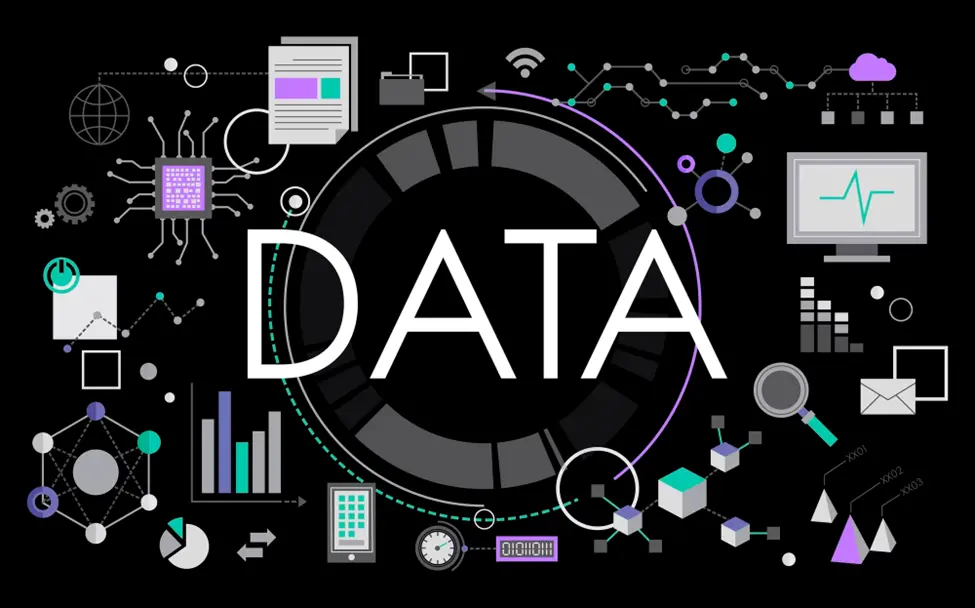Let’s say you run a rapidly growing e-commerce company. You want to expand your product line, penetrate new markets, and stay ahead of fierce competition.
To achieve these ambitious goals, you rely heavily on web scraping to gain insights into consumer behavior, competitive pricing, and market trends. But what happens if the data you base your decisions on is inconsistent, inaccurate, or outdated? The repercussions can be costly and may obstruct your path to success.
That’s why, as invaluable as web scraping may be, its efficiency hinges on the accuracy and quality of the data you get in the result. So, throughout this article, we will delve into practical data quality assurance techniques to ensure data quality while collecting information from the web.
Why should you care about data quality in web scraping?
Web scraping, by its nature, extracts colossal amounts of information from the digital sphere. However, the benefit you extract from this data is heavily contingent upon its quality.
If the data is incomplete, outdated, inconsistent, or irrelevant, it could drive businesses towards erroneous conclusions and ill-informed strategies, creating more problems than it solves. According to Gartner, poor-quality information costs companies $12.9 million per year. Along with that, there are other reasons for ensuring quality of data:
- Bad data drags down the ROI you’re expecting to get from new strategies or systems.
- Based on the KPMG report, 56% of executives don’t trust the data they make their decisions upon. A lack of confidence in quality data negatively impacts strategic planning, KPIs, and business outcomes.
- Wrong data puts your business at risk of failing to follow compliance standards. The cost of non-compliance ranges from $2.20 million to $39.22 million.
- The time you spend improving data means less workload capacity for your value-added initiatives. 8 out of 10 companies had to rework their projects because of poor quality information. It means that it will not only cost you more to complete the tasks, but will also put additional pressure on your resources and reduce overall effectiveness.
- Bad data can lead to lost revenue and negative reviews because of poor customer experience. Making decisions on poor information, you won’t be able to cross-sell, upsell, and maintain your customer base. This can also cause customer frustration and increased complaints. 60% of customers will go to the competitor just after a single negative experience.

Challenges in ensuring the quality of scraped data
Before you learn how to ensure data quality, let’s look at the common hurdles that may stand in your way to obtaining accurate and clean data.
Website changes
Websites are dynamic and continually evolving. Elements like layout, structure, or content change frequently, sometimes even daily. These changes to the HTML structure can disrupt your web scraping efforts. As the crawlers won’t be able to operate properly, you may suffer from inaccuracies, inconsistencies, or complete cessation of data extraction.
Data inconsistencies
Websites differ greatly in how they present and structure their data. For instance, one e-commerce site might list product prices inclusive of tax. While another might list them separately. These inconsistencies compromise the comparability and consistency of your data scraped from multiple sources.
Also, data on the web comes in various formats—HTML, XML, JSON, or unstructured text. As a result, you may face formatting issues, which affect the ease of data extraction, analysis, and integration with your existing systems.
Incomplete or missing data
Sometimes, the desired data might be incomplete or entirely missing from the source websites. Therefore, you risk having gaps in your data sets. All in all, this may make your analysis less accurate or comprehensive.
Rate limiting & IP blocking
Many websites have mechanisms to prevent or limit web scraping. They include rate limiting (restricting the number of requests a user can send in a certain time frame) and IP blocking.
For example, a website may limit a user to 1000 requests per hour. Once you reach the limit, the site will block or delay further requests. Or your IP may get completely blocked if you make a large number of requests from a single IP address in a short period of time.
The exact threshold for rate limiting or IP blocking varies greatly depending on the website. Some websites allow thousands of requests per hour, while others are more stringent, permitting only a few hundred. Websites that are highly sensitive to scraping, like social media platforms or e-commerce sites, may have stricter limits or employ more sophisticated measures like dynamic rate limiting or behavioral analysis.

Best data quality assurance techniques
To give you hints on how to overcome the challenges we discussed above, we’ve collected data scraping best practices from our experts.
1.Select credible and reliable data sources
Websites with a reputation for accuracy and consistency are more likely to provide high-quality, trustworthy data.
- These may be websites of established institutions, industry leaders, government bodies, and respected organizations.
- Also, mind the frequency of updates. The more frequently a website is updated, the more likely it is to provide timely and relevant data.
- Check whether the website provides comprehensive data. If the information seems incomplete or there are noticeable gaps, it may not be the most reliable source for web scraping.
- A reliable website is typically transparent about its data collection, management, and update practices. Pick websites that are clear about where they get their data and how they manage it.
2.Check robots.txt rules
Websites that allow scraping usually have a robots.txt file that provides guidelines for web crawlers. If a website allows web scraping in its robots.txt rules, it is more likely to provide data structured for scraping.
3.Write robust scraping scripts
They can navigate website changes, handle different data formats, and extract data more accurately. Keep your scripts updated to accommodate changes in website structures. Use flexible parsing techniques to manage unstructured data and formatting inconsistencies.
4.Use proxy servers & rotating IPs
As we already discussed, websites have rate limiting and IP blocking measures in place to restrict scraping activities. If you collect data at scale, this may be a serious concern. So, use a pool of proxy servers and rotate IPs for your scraping activities. This approach will help simulate a more organic pattern of website visits and reduce the risk of being blocked.
5.Respect the website’s terms of service
Not all websites allow web scraping. Therefore, always respect the website’s terms of service. It’s not only ethical but also helps maintain your company’s reputation and avoid potential legal implications.
- Read and understand the website’s terms of service. The ToS often includes a section about data collection, detailing what is allowed and what isn’t.
- Make sure your web scraping activities don’t overload the website’s servers, which could disrupt its operation. Implement delays between requests or rotate IP addresses to prevent server overloads.
- Be mindful of privacy issues when scraping data, especially when dealing with personally identifiable information (PII). The ToS usually details how you should handle such data.
- If a website requires user authentication (login) for access, respect this barrier.
- Stick to data that is publicly available and displayed on the website. Digging into the site’s backend or using methods to extract hidden data could violate the ToS.

Data quality metrics in web scraping
Metrics of data quality help you define whether you have information you can trust. There are seven main metrics you should keep an eye on during web scraping.
- Accuracy refers to the closeness of the scraped data to the actual, true values. High accuracy means that the information you extracted closely matches the original data. You can measure it by cross-checking a sample of the scraped data with the original website, or by using a known, accurate dataset for comparison.
- Completeness measures whether any data points are missing from your dataset. An easy way to estimate it is to check for null or missing values in your dataset.
- Consistency stands for the uniformity of data format or structure across the dataset. To measure this metric, check whether all data points follow the same format or structure, or look at the variance of a specific attribute across the dataset.
- Relevance tracks whether the scraped data is applicable and useful for your specific needs. Assess whether the scraped data aligns with your objectives, or use domain knowledge or expert opinion to check this parameter.
- Timeliness testifies to how current or up-to-date the data is. Check the timestamps on the scraped data and compare them with the current date to measure it.
- Uniqueness means whether there are any duplicate entries in your dataset. A simple way to measure uniqueness is to check for duplicate entries in your dataset.
- Integrity relates to the validity and consistency of the relationships in your data. To measure it, check the relationships between different attributes in your dataset.
Conclusion
The quality of your data can be a game changer and define whether your web scraping efforts bring the desired results or not.
If you are not certain whether your data has optimal quality assurance metrics or you would like to delegate the whole scraping process to professionals who ensure the best results, welcome to Nannostomus. We understand the challenges involved and have developed sophisticated solutions to ensure that we deliver only the highest quality data to our clients. Feel free to contact us today to discuss your data needs.




